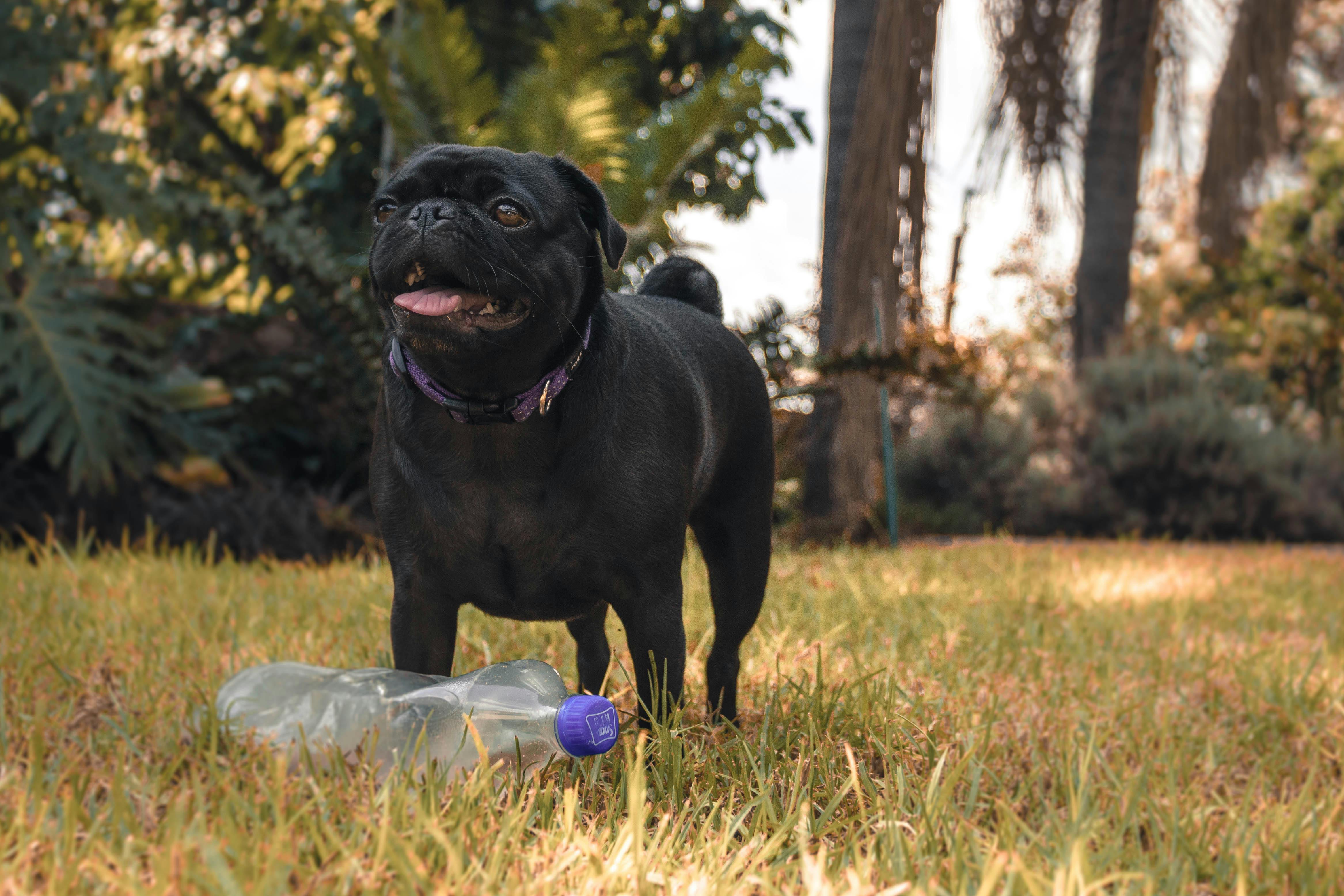
What digital planning is not
A few days ago, I was talking to an old colleague in San Francisco, California: he works in the planning department of a prominent ad agency in Lagos and was vacationing in the US for the summer. Naturally, our focus had revolved around current events and trends in the Nigerian media and advertising industry, especially given the country’s under-representation at the recently concluded 57th Cannes Lions International Advertising Festival.
He revealed how his agency was still trying to come to terms with successfully integrating digital offerings into its brand propositions for clients. Marketers did not believe in these “digital recommendations” and had told the agency to stick to what they knew best: strategic implementation that focused on utilizing traditional media channels: television, print, radio, and online media. the store. One client in particular had explained that his position was based on research they had recently done; to measure the impact of digital advertising on consumers, and that only a fraction of the target market in the research survey had reacted to online advertising. Fewer still had purchased a product or recommended it based on some digital influences.
I did more research to understand what the issues were and was surprised to find that in this age of prosumers, conversations, engagement, social interactivity and digital ecosystems, some agencies and clients still don’t get it. The fault was with the agency because they were supposed to act as agents of change for sellers, consumers and the industry and yet they offered outdated digital models and exported platforms and concepts that did not resonate with consumers in the Nigerian market.
They have to understand that in the industrialized world, and presumably in digitally developed countries, agencies and marketers are still trying to gain a foothold in this space. The digital world is constantly evolving and moving at a faster pace than we can to understand digital natives. [the internet generation that grew up surrounded by digital technologies].
What is not Digital
Digital is not about taking a great idea that was successful somewhere and localizing the concept for other brands.
Digital is not about packaging a cool concept wrapped up in product ideas to sell to customers. [no smart client will go for that nor will it have any meaningful impact for their brands]
Digital is not about developing an online presence, a Facebook campaign, or a Twitter app, and hoping that consumers will love your brand because you’ve tried to inhabit their space.
Digital is not about websites or developing cool slogans and images on moving media platforms.
Digital is not about setting up a unit with planners, calling them “digital strategists” and expecting them to come up with “digital ideas” for brands.
What is digital then? What does digital planning entail?
I don’t claim to know all the answers, as I am still studying the cultural insights, digital planning models, and brand engagement tools that have been used successfully by digital natives over the last five years. However, I know that digital must combine the following:
User information, design thinking, entertainment, information architecture [IA]social chat, content strategy, user experience [UX]mobile and data analytics, media and connection planning, and innovative use of offline channels
Bottom line: Digital planning is about platform ideas, not channel tactics.
Stefan Olander, Global Director of Brand Connections at Nike states:
“The digital world pervades consumers’ lives, but they never think of it as technology; it’s just another convenience tool. So instead of seeing it as ‘new media’ and a vehicle to deliver messages to the consumer, we use it to serve a need.” As we move from passive one-way communications to two-way conversation, we are giving our consumer a voice by listening, sharing and co-creating and, above all, enabling meaningful solutions.”
The whole idea of interactivity and the use of digital media stems from the notion of bringing real value and meaning to people’s lives over a longer period of time by creating “real, tangible assets that transcend media.” to an engaging platform that people are eager to use. own self” [Tom Himpe].
Check out the following case studies and try to understand the mindset of the agencies that developed these award-winning concepts for their clients:
* Taxi-MINI
* R/GA – Nike+
* SS+K – MSNBC.com
* Tequila/Hong Kong – Levi’s World
* Farfar – Diesel [Heidies]
* GT-Microsoft [Big Shadow]
*Kirt Gunn & Associates-Lincoln [Dreams]
* Kokokaka Goteborg Sweden – Wrangler Blue Bell Jeans
* Mobile Dreams Factory Madrid – IKEA
* Crispin Porter + Bogusky – Burger King [Subservient Chicken]
Wrangler blue bell jeans
Interactive IKEA catalog
Nike More
From the previous case studies [including works researched in the past year from agencies in Johannesburg, London, Paris, Miami, Hong Kong, Brussels and Sydney, Australia]and ongoing conversations with some marketers [Nokia, VW, Charles Schwab, HP]I think we haven’t scratched the surface yet. We are doing it wrong and we need the support of industry customers to move forward.
Digital planning goes beyond planners who sit in a smart hub, develop proposals, and partner with media providers who have bought the rights to existing digital models and package them as groundbreaking, innovative concepts for clients. And they wonder why customers don’t make an effort to use their ideas.
If we are to offer brand engagement insights and digital solutions as a foundation for achieving stated goals, agencies need to work together with clients, content providers, trend watchers, marketing technologists, and network curators. social networks to create original and integrated concepts that reflect their full understanding of the business segment and the consumers they are trying to connect with.
what is digital about
“A social creation designed for social effect, to help people work together” [Tim Berners-Lee]
Transforming “information goals” into “user insights” [Aki Spicer]
“Turn viewers into users and users into advocates” [Aki Spicer]
“Create new opportunities to do work that clients want done” [Tim O’Reilly]
“Support ‘people-powered ideas’ and ‘pocket solutions’ by delivering true technology-backed marketing benefits [Aki Spicer]
Next on Digital
Let me end this note by quoting Steve Rubel [of Edelman Digital]:
“The next big media company won’t have a website; it will be all spokes and no hub. It will exist as a constellation of connected apps and widgets that will live inside other sites and offer a full experience plus access to their social graph and robust networking features.” community.








